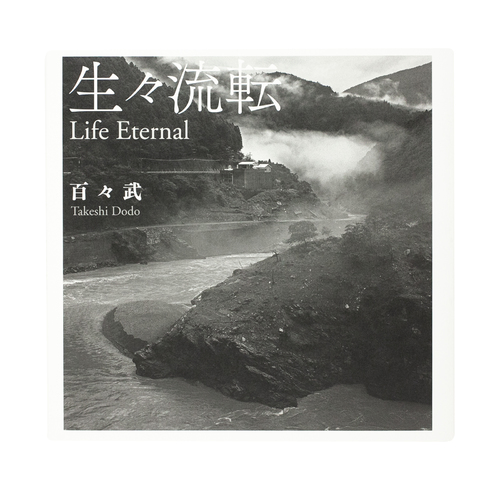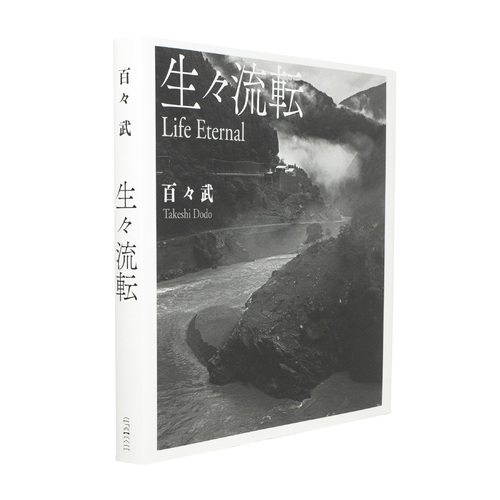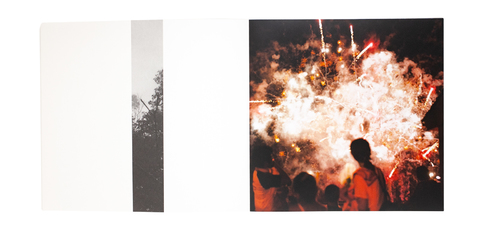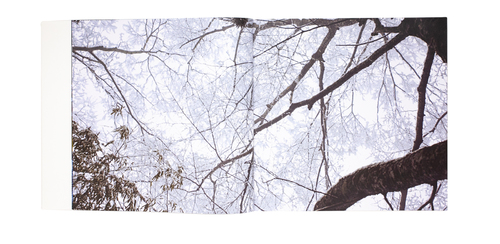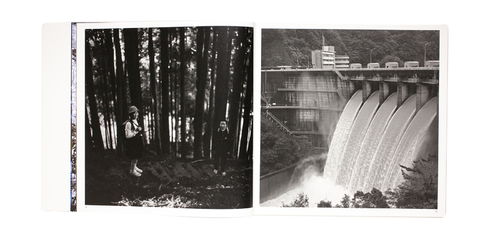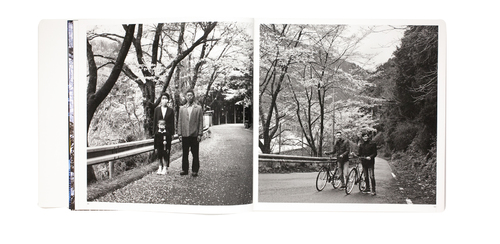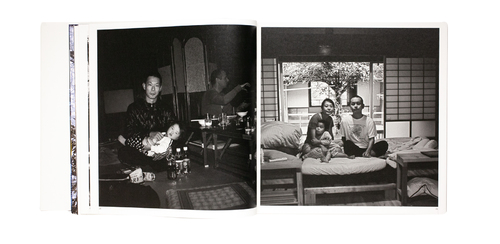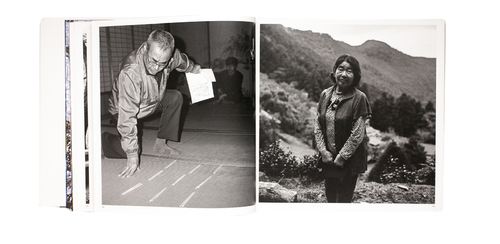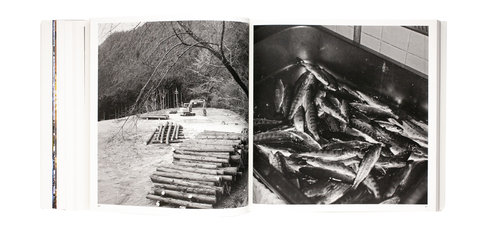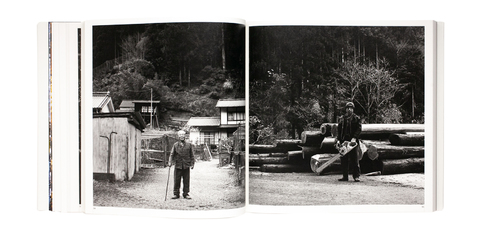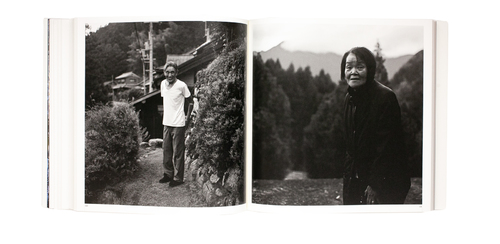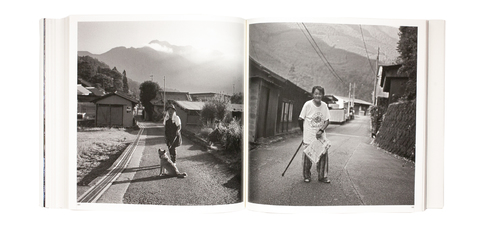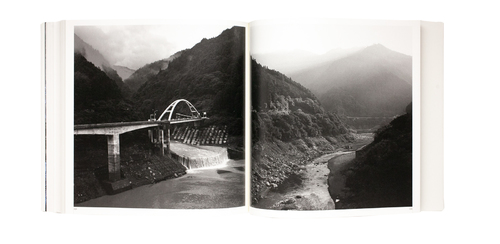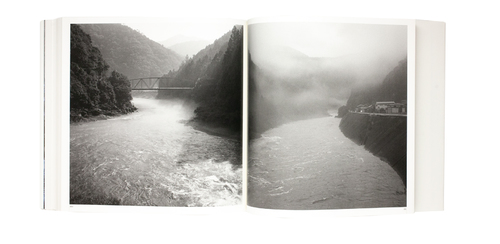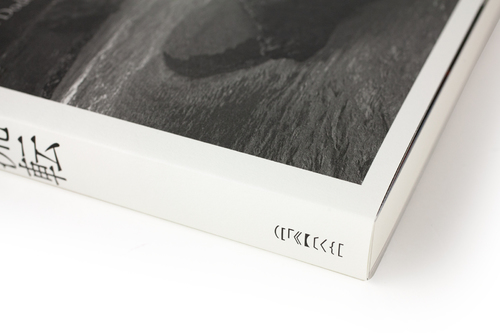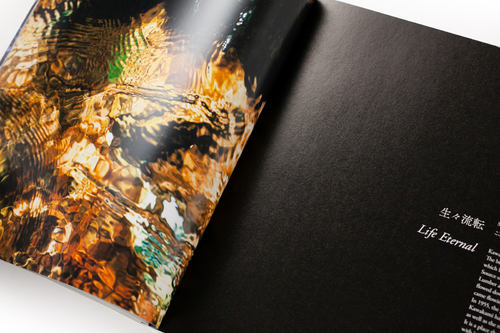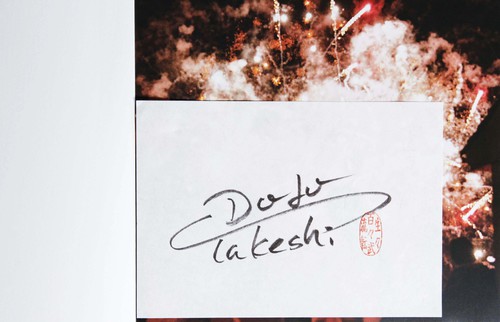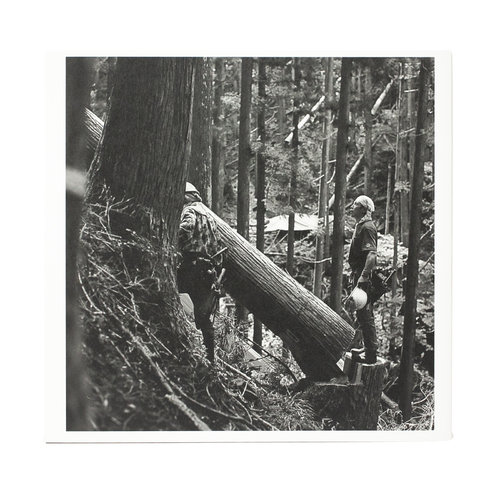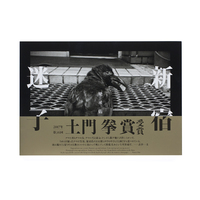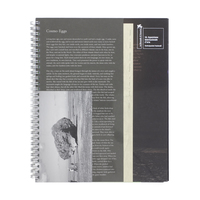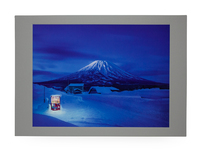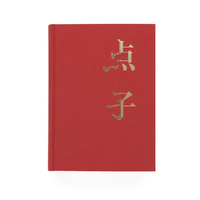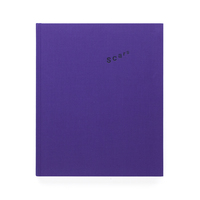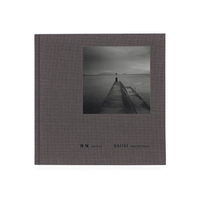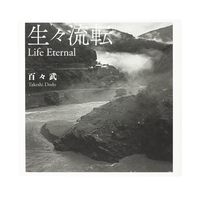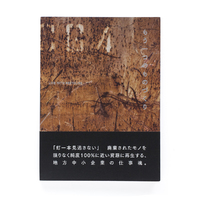Life Eternal
Life Eternal
Publisher: Case Publishing
Includes one pair of Yoshino cedar wood chopsticks (limited to the first 100 books)
“Life Eternal” – through photographs of the people living in Kawakami village, Dodo Takeshi creates a portrait of an unyielding spirit that connects past and present.
Kawakami is a village in Nara Prefecture, located at the headwaters of the Yoshino River. The area was the birthplace of Yoshino forestry more than 500 years ago, and still today is one of the most prosperous forestry regions of Japan. The rich Yoshino river has supported Japan’s economic growth before and after World War II, playing an essential role in Japan’s economic and cultural development. Although the village is threatened to disappear today due to depopulation and aging, Kawakami still dedicates itself to preserve the cleanliness of the Yoshino river and to protect its lush forests.
Takeshi Dodo has moved to Kawakami with his family in 2017 and spent more than three years photographing the village, the area, and the people living here. In spite of everything, they keep the Kawakami spirit alive.
A short documentary film about Takeshi Dodo’s “Life Eternal” is free to watch on Youtube (Japanese with English subtitles).
“When I heard about Takeshi Dodo moving to Kawakami, I remembered the days he and I spent together in Takumi-no-Mura, an artists’ village in Kawakami. I was there to prepare a screening of a movie I had made documenting the last days in the life of photography critic Kazuo Nishii. Takeshi was an attentive, considerate young man, and secretly I had wished that he would be with him. Takeshi was born the second son of photographer Shunji Dodo. I don’t know how long it took until he started working in photography with such a prolific father. But as part of a family that also includes the photographer Arata Dodo, his older brother by three years, Takeshi undoubtedly acquired an objective gaze from an early age. With some distance to his idiosyncratic father and the older brother he could never outdistance, I believe the moment Takeshi decided to begin expressing himself was one in which he discovered the presence of a light unbeknownst to us.
There have been many moments in my life in which I believed beyond doubt that this kind of light will continue shining in the world, whatever may happen. Perhaps this is what people call hope. On this occasion, his light and his gaze were awakened through the yearly seasons spent in the village of Kawakami and by the endless circle of birth and rebirth. When we learned that this village, with its rapidly declining population, had been a place where humans settled since the prehistoric Jomon period, we felt a sense of yearning within us. This region, with its history of people we never had a chance to meet, knows events, customs and connections that have been passed down to us through the lengths of time. In this region, Takeshi felt a sense of wealth and fulfillment beyond anything life in the city and its overcrowded offered. He recognized the ordinary scenes within the ever-changing daily landscapes here as something invaluable.
Takeshi has taken these photograph with a kind of love as if he tried to recover his own self. In them, people exist together with the landscapes. History can be read within the wrinkles of their faces. The village celebrates each auspicious event with the “gokumaki,” an age-old custom of handing out rice cakes. Culture passes down from one hand to the next. More than 500 years ago, Yoshino forestry started here and has been passed down from child to grandchild, the next fifty, hundred years in mind. The villagers possess a hope that knows about the cycle of beginnings and endings; no matter how harsh winter may be, they look forward to the days when the cherry blossoms dance in the spring breeze again. Like mist becoming water becoming a river, the villagers accept the this age of depopulation and its changes. Takeshi must have seen a light in their hearts. With this series, he created a document of the interstices of history. I hope his story will find a connection with you and those dear to you.”
— Naomi Kawase's afterword
All texts included in Japanese and English translation.
- Book Size
- 250 × 260 mm
- Pages
- 190 pages
- Binding
- Softcover
- Publication Year
- 2021
- Language
- English, Japanese
- Limited Edition
- 500
- ISBN
- 978-4-908526-44-2
